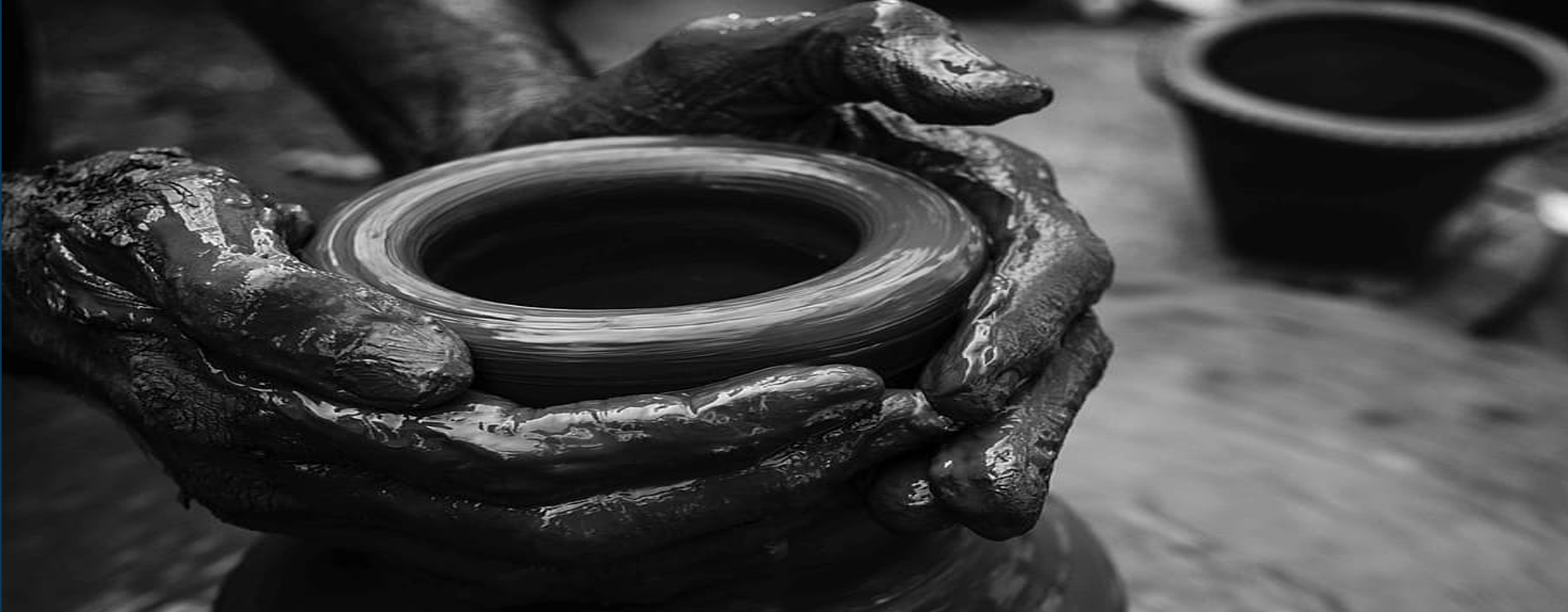Seminar Details
In the present study, 52S4.6 nano-bioactive (NBG), silk fibroin (SF), and chitosan (CH) based composite scaffolds with tailored architectures and properties with improved physicochemical, mechanical, and osteogenic properties were fabricated using the freeze-drying method. 52S4.6 NBG was prepared by acid-mediated sol-gel process. Synthesized NBG exhibited a very narrow size distribution of about 1-2nm primarily because of a high zeta potential of about -40.8 mv with predominating amorphous phase as obtained from XRD data and SAED pattern. Scaffolds were prepared by degumming and dissolving Antheraea Mylitta (A. Mylitta) SF and CH at varying compositions of the SF to CH in the form of SF90/CH10 to SF50/CH50. Among all the compositions, SF80/CH20 scaffold showed superior properties compared to other fabricated composite scaffolds in terms of microstructure, porosity, and mechanical property. The composite scaffold was prepared by the addition of 5-15 wt% 52S4.6 NBG into SF80/CH20 scaffold at a fixed solid loading of 23.5 wt%. With the increase in NBG content, the compressive strength of the scaffold increased to 1.31 ±0.16 MPa for SF80/CH20/NBG15 composite scaffold from 0.146 ± 0.06 MPa for SF80/CH20 scaffold. Further better apatite deposition with controlled swelling and degradation was observed for SF80/CH20/NBG15 composite scaffold. In-vitro cell culture showed better flatter morphology of MG-63 cells for SF80/CH20/NBG10 and SF80/CH20/NBG15 composite scaffolds with a higher number of cell attachments with apatite-like deposition onto the scaffold surface. In addition to in-vitro cell culture, in-vivo bone remodelling showed the new bone formation of the implanted SF80/CH20, SF80/CH20/NBG5, SF80/CH20/NBG10, and SF80/CH20/NBG15 scaffold compared to control after 3 months at the host-implant interface. All the composite scaffolds demonstrated abundant osteoblast and osteoclast cells along with red blood cells and fibrinous deposits when compared to the control however, better osteoblast and osteoclast cell along with red blood cells was observed for SF80/CH20/NBG15.


